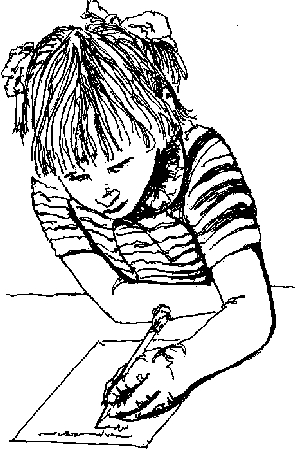 Adolescents’ developmental stage can make working with them a challenge. They may exhibit time distortion, mistrust of adults, illogic, and also may be not motivated to change. They are often under the false impression that their problems will suddenly disappear without any effort on their part. It is essential to establish a collaborative and empathic relationship with the student. It is this relationship that is the vehicle for change, providing a safe and caring environment for the student to begin exploring his or her faulty schemas.
Adolescents’ developmental stage can make working with them a challenge. They may exhibit time distortion, mistrust of adults, illogic, and also may be not motivated to change. They are often under the false impression that their problems will suddenly disappear without any effort on their part. It is essential to establish a collaborative and empathic relationship with the student. It is this relationship that is the vehicle for change, providing a safe and caring environment for the student to begin exploring his or her faulty schemas.
Restructuring faulty cognitions of adolescents is made more difficult if they have difficulty in, or resistance to, expressing problems or lack of persistence. When dealing with adolescents, teachers have to remember that their students may not agree or recognize that there is a problem with underachievement. If the teen is not entering the intervention willingly, then there is also a motivation issue.
Another consideration when working with adolescents is the perception of an “invisible audience” of peers judging their performance that provokes constant anxiety. Image is everything to an adolescent, and the fear of being laughed at, embarrassed, or perceived as “uncool” can be debilitating. Adolescents are constrained by the “invisible audience” and construct views of “appropriate” intellectual interests and achievement.
Teachers must remember that their unsolicited assistance may signal low ability to many students, as does praise for easy tasks. If a student perceives the teacher’s help as a negative, then the intervention will not be beneficial.
Next Section: Getting Started: Evaluating Student Perceptions
Previous Section: Imperfect Access to Internal Attitudes